Jonathan Binet / PIZZA / 05.12 - 16.01 / 2021

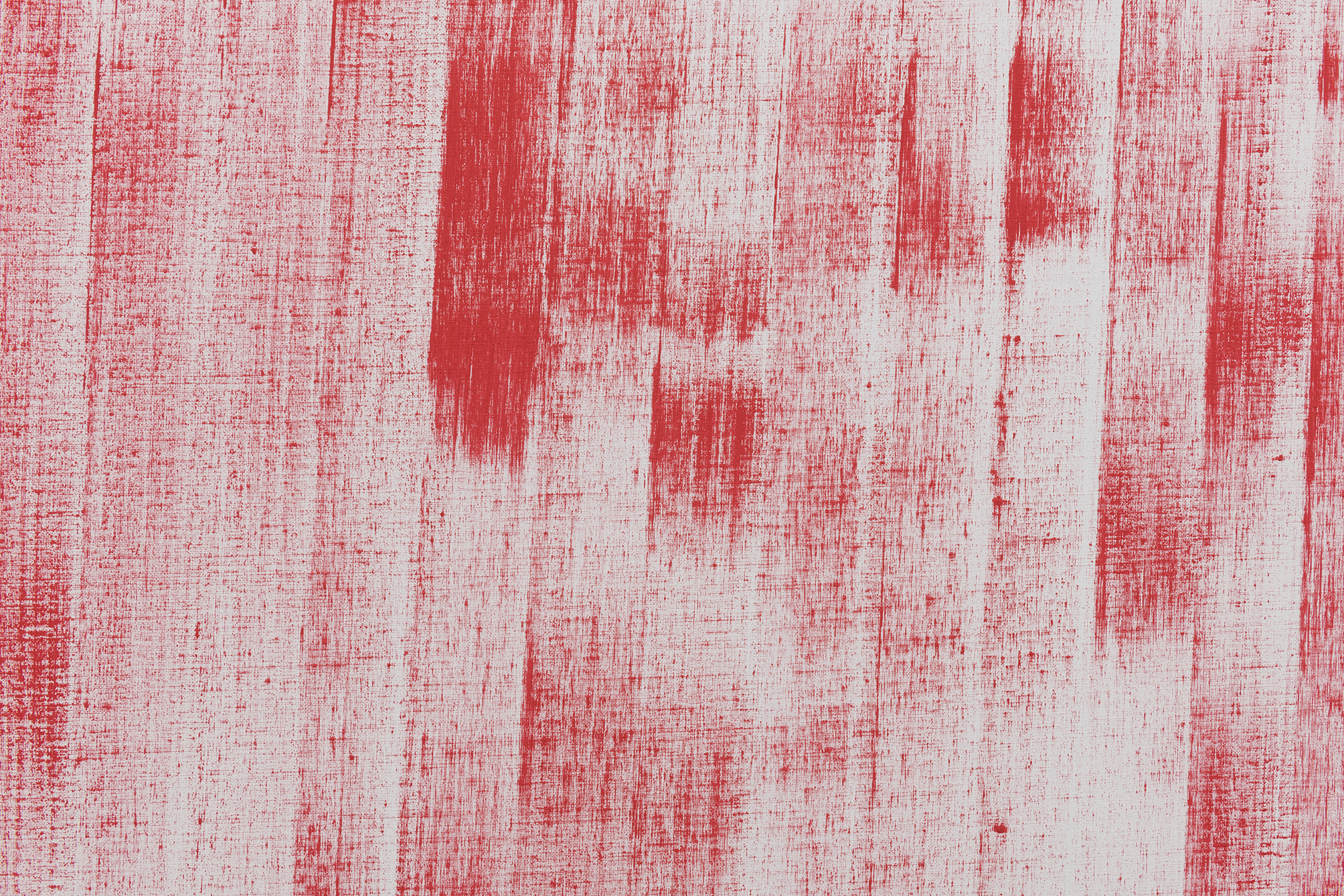
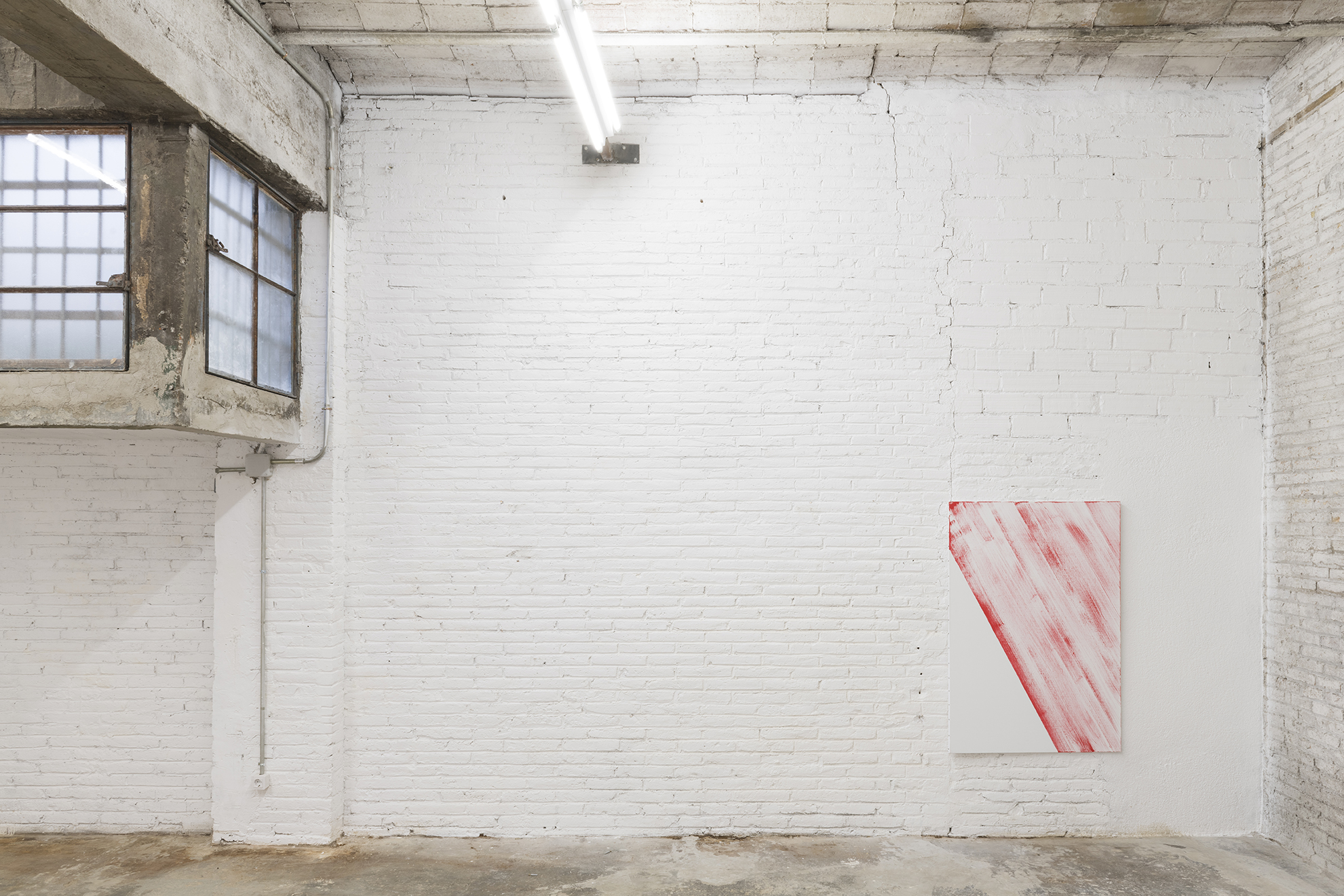
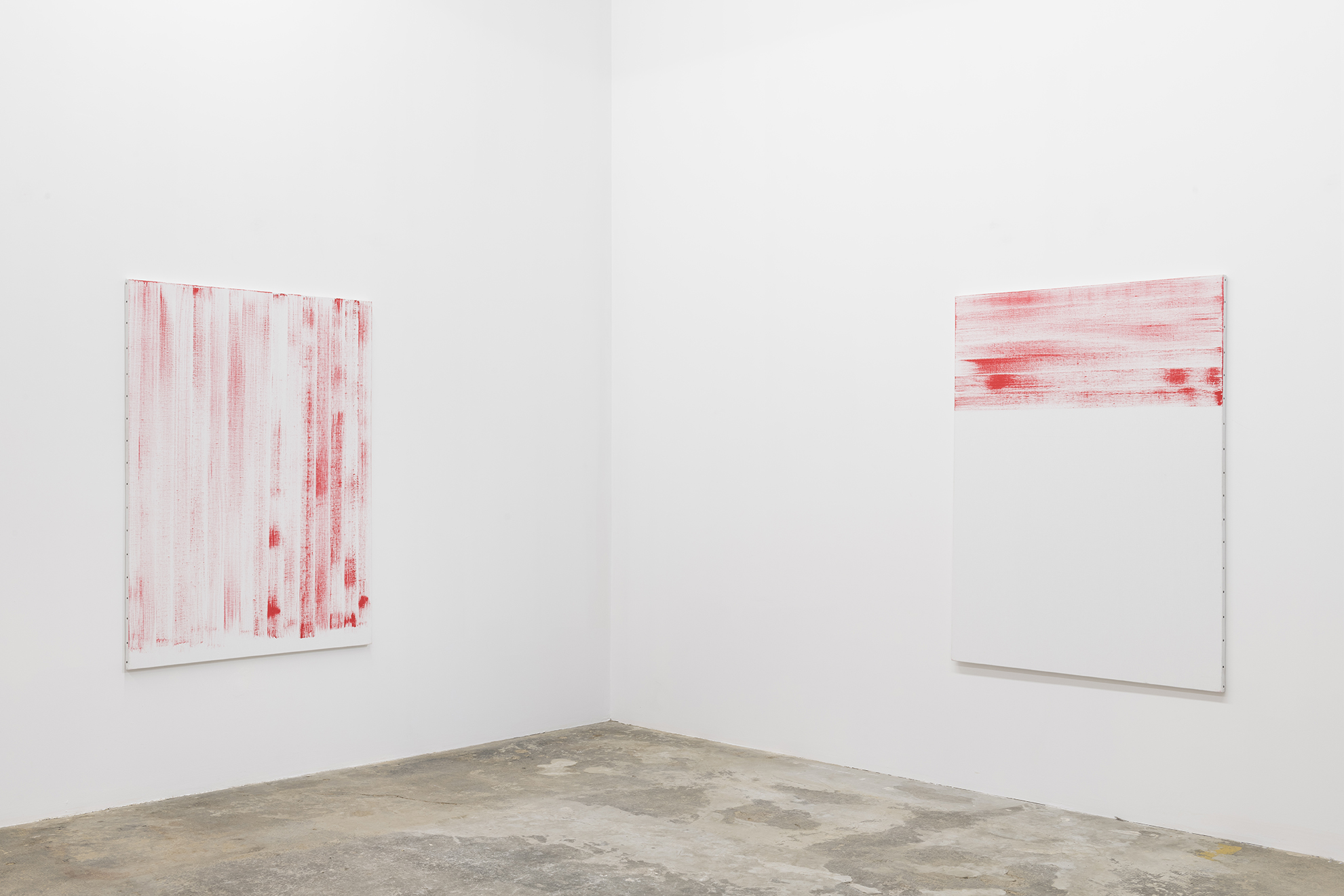


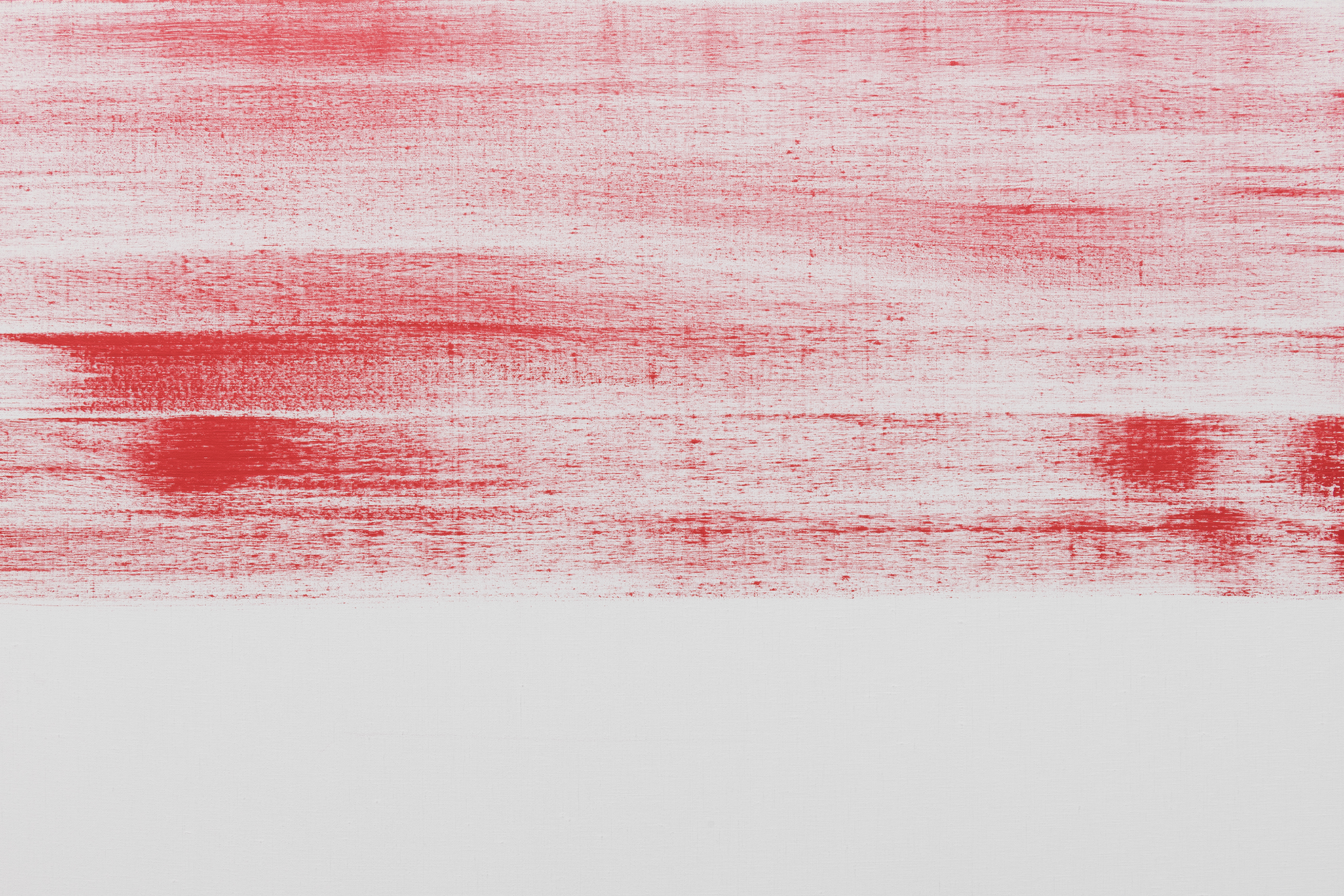
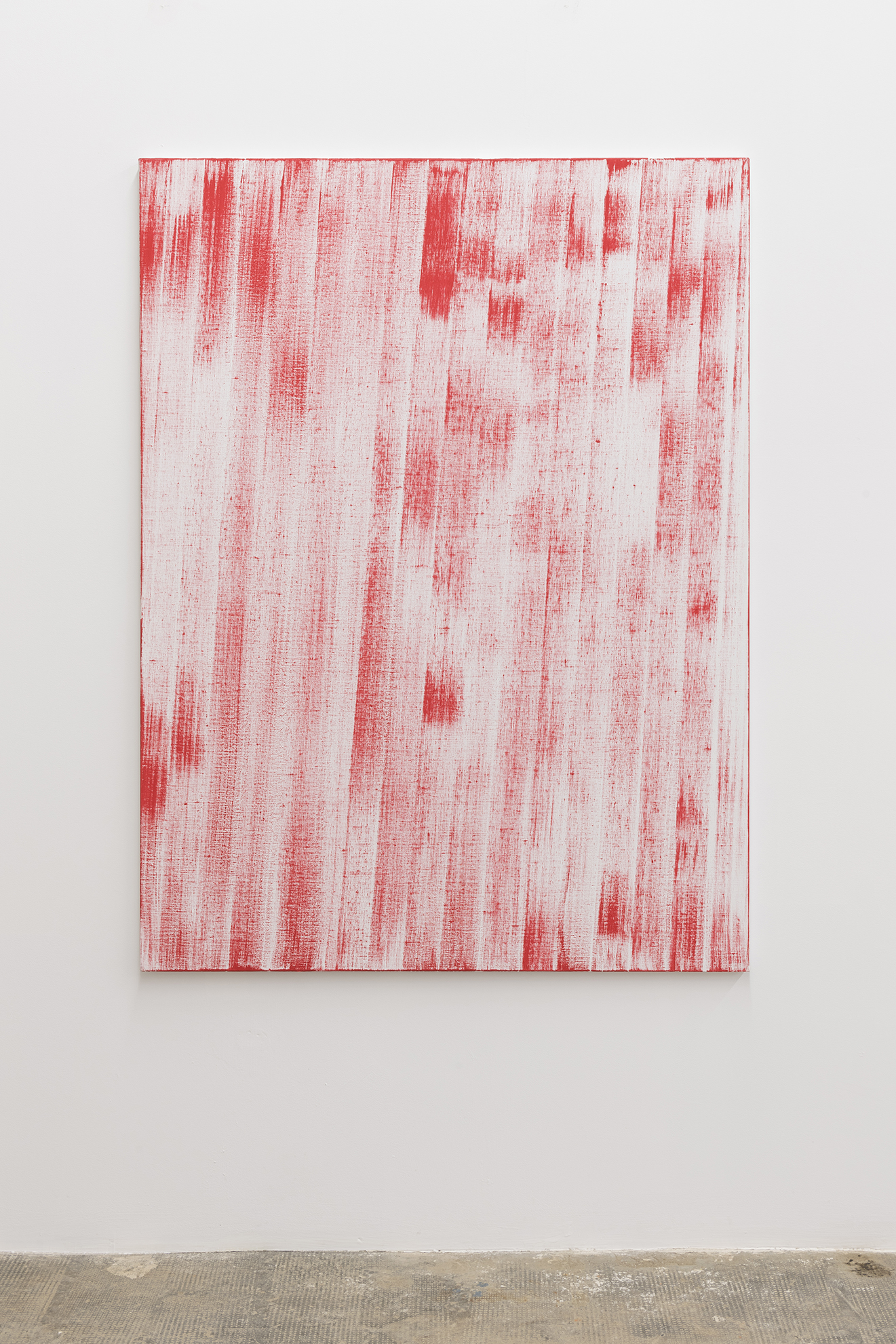
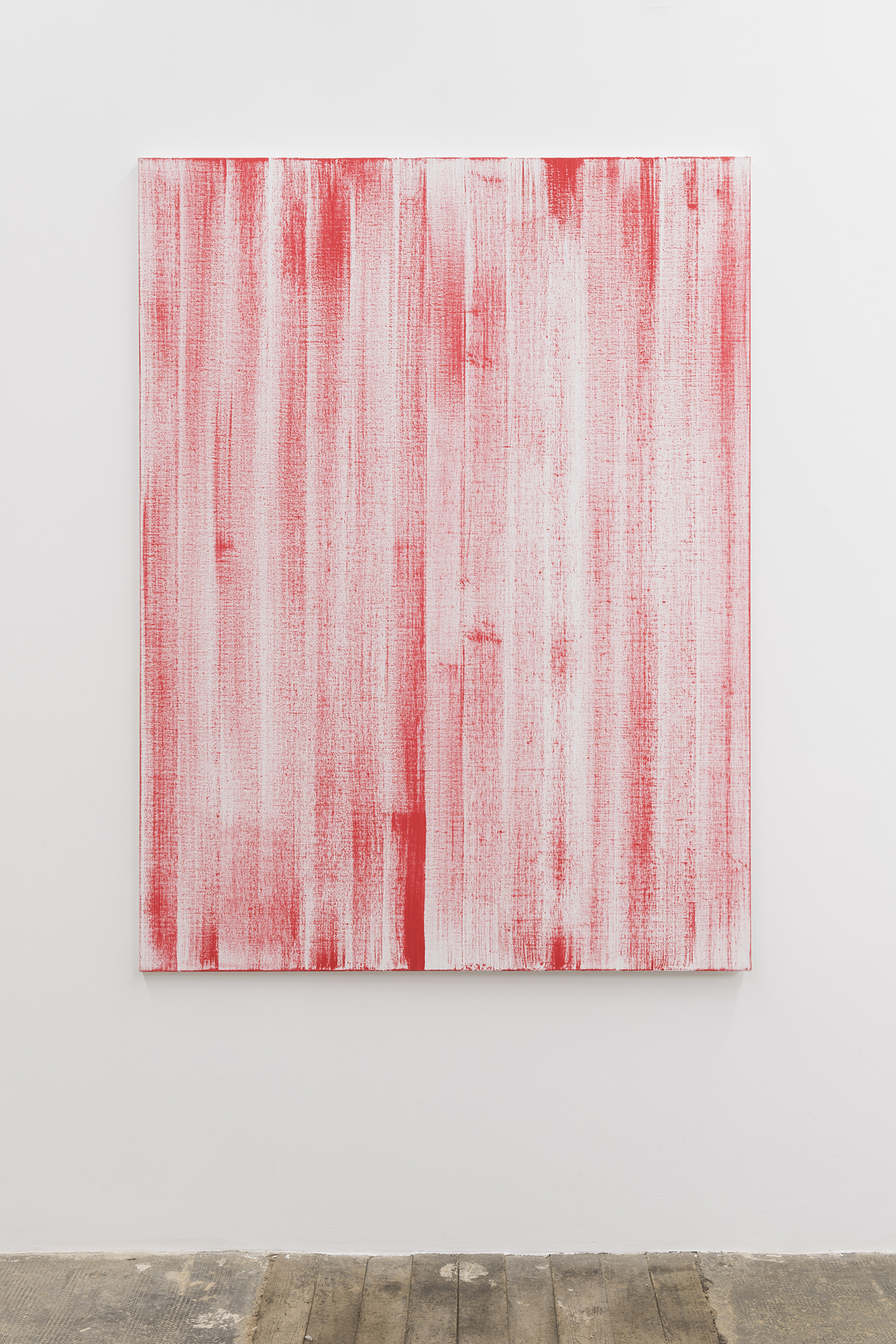
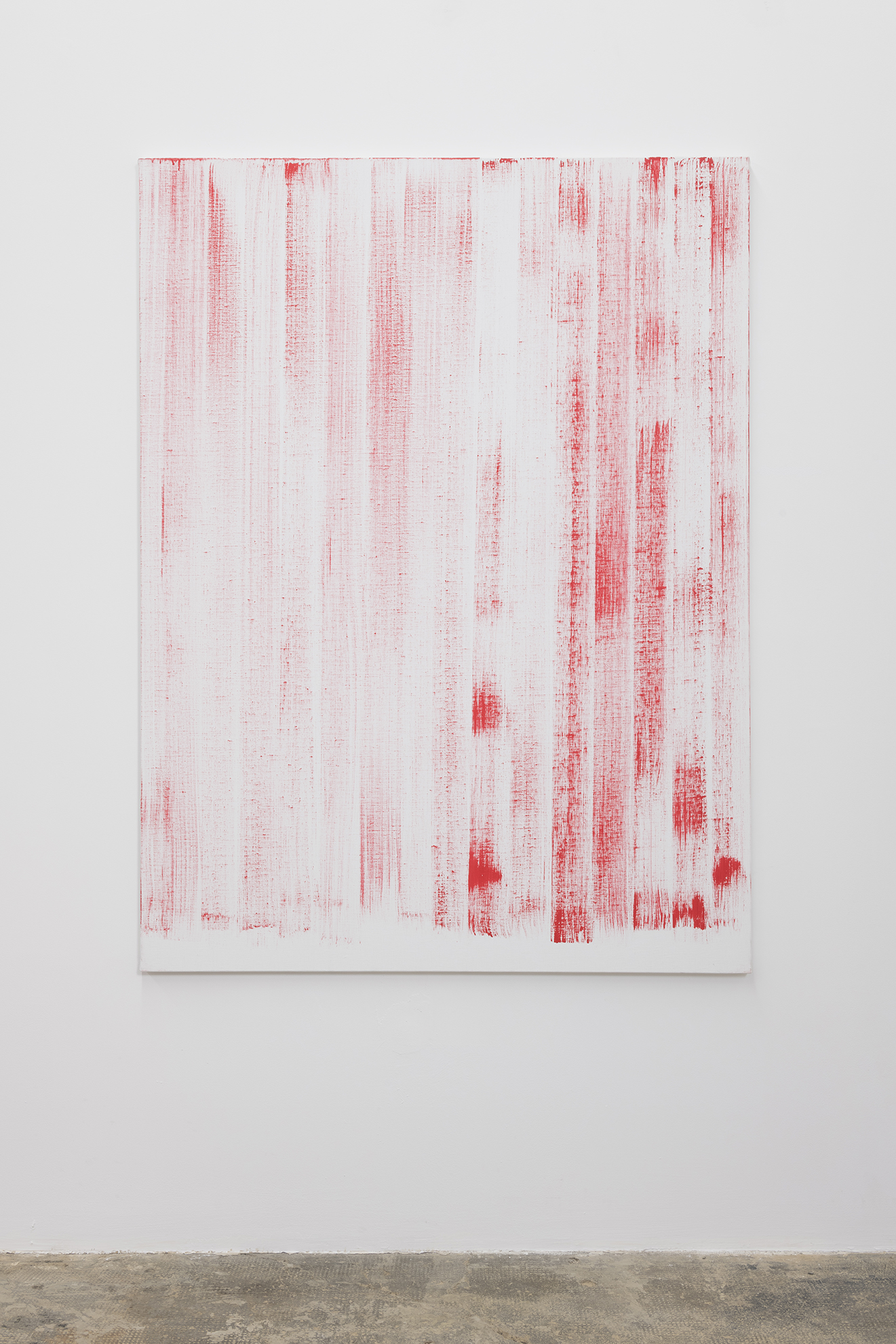
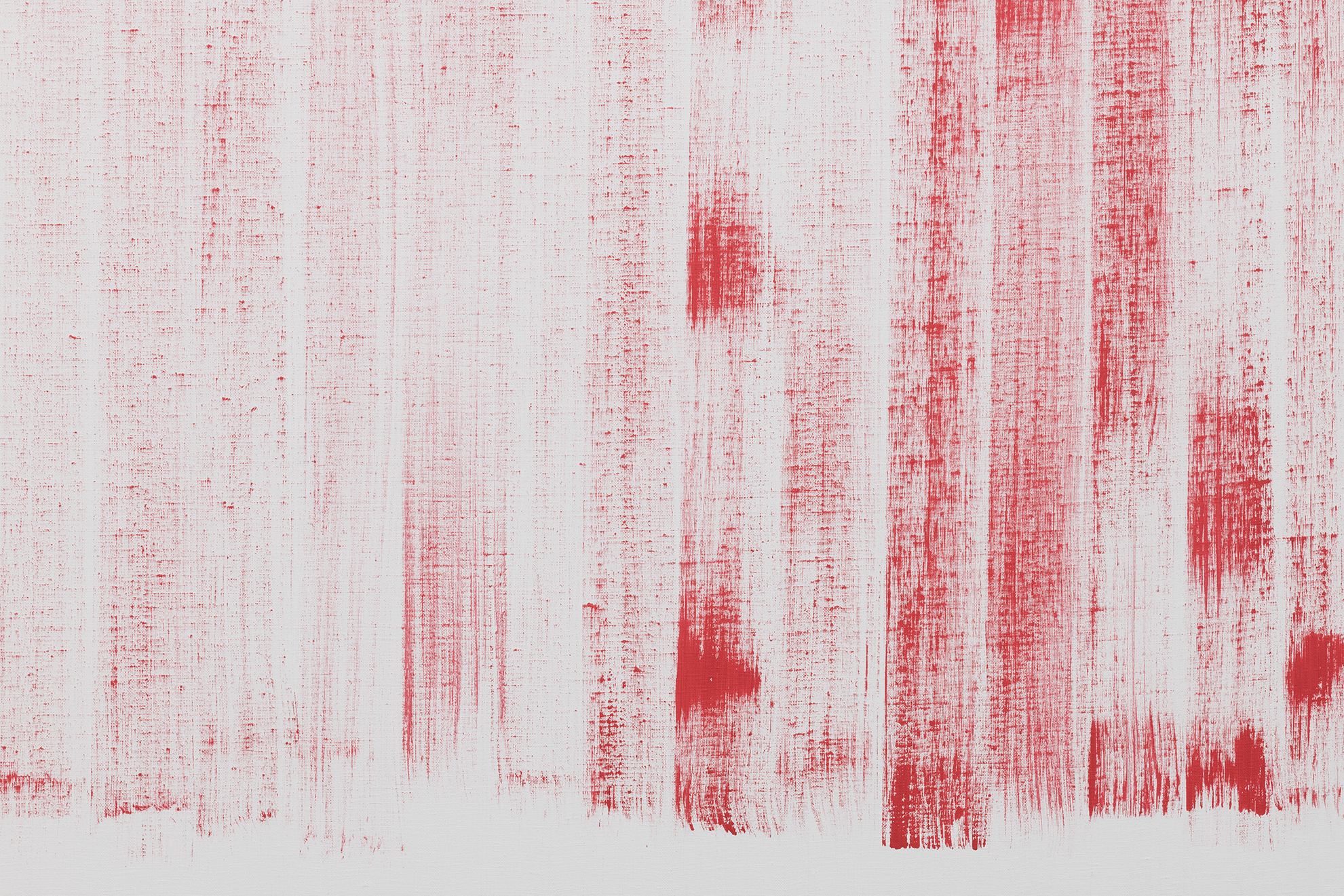
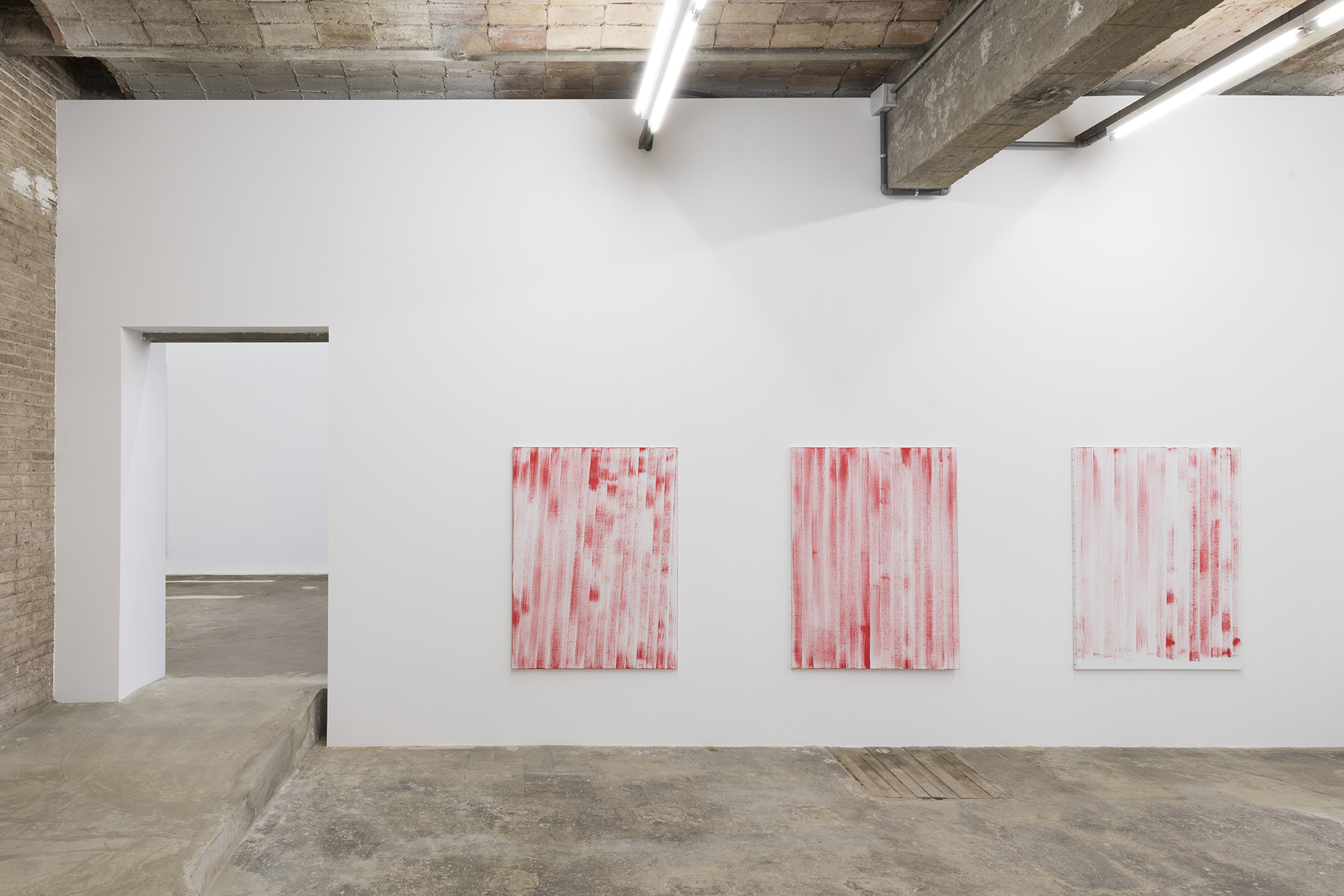
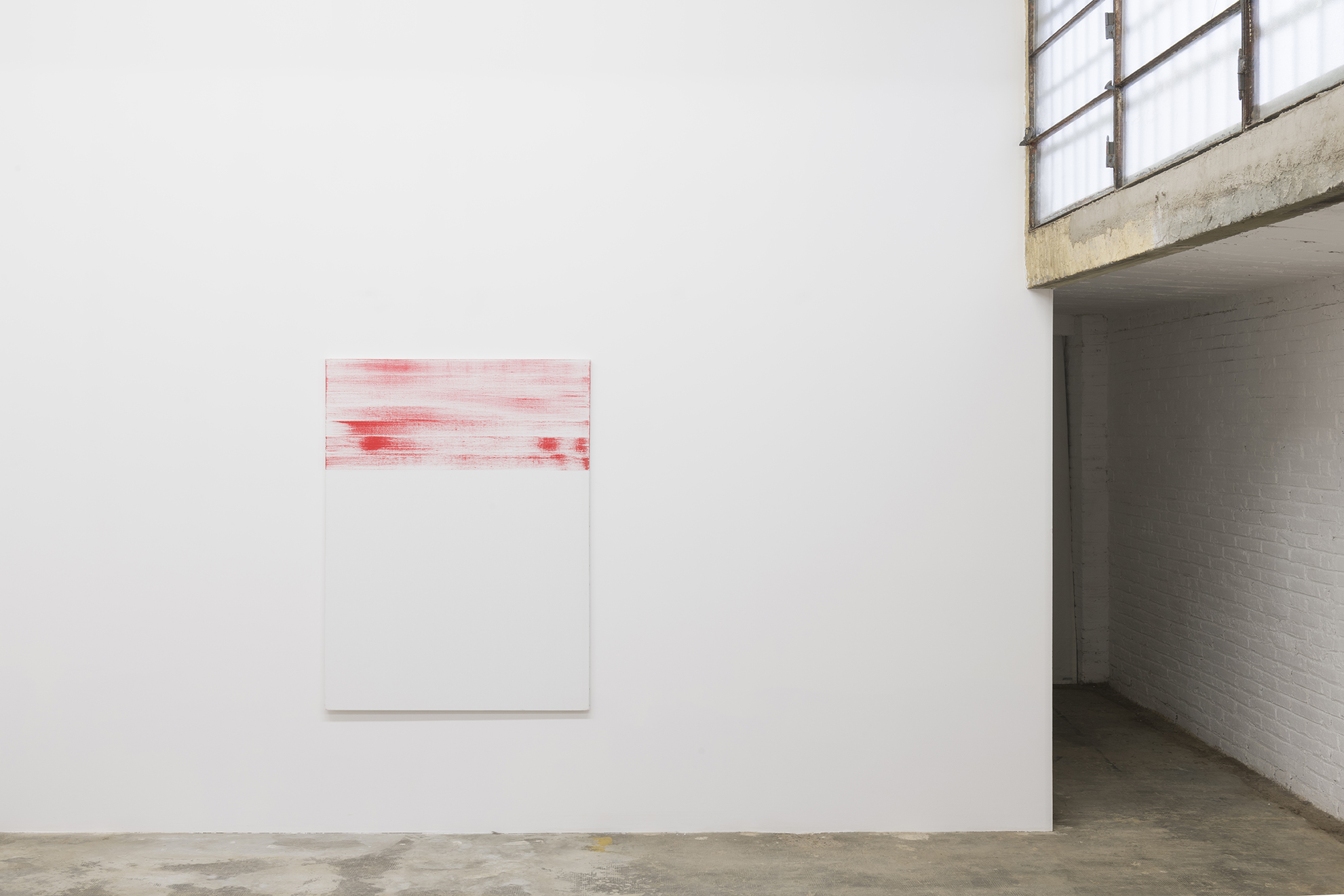
Is it reasonable to use the pandemic itself as a way of talking about the work realised by artists during the lockdown period? In the case of the French artist Jonathan Binet, in his first individual exhibition at Galería Alegría, it can't be helped. His practice, based on the idea of painting-in- expansion, and the exploration of spaces that stretch beyond canvas and frame, was forced into a situation in which the new rules completely contradicted these ideas. Reclusion and monotony were the adverse conditions in which he had to create his work. It is unfair to highlight the particular circumstances that led to the creation of the paintings in PIZZA, and yet it is inevitable too.
It is not too far-fetched to claim that Binet has come to realise, in these bizarre days, that art is a lifeline, albeit a very delicate one, that can help us get through the kind of commotion we've experienced over this past year. The central elements of his work have been annulled, given the circumstances, so Binet has had to rein in his ingenuity and try something else, a gesture of working get to the point. And, with this as his starting point, he embarked upon a new exploration which would lead him to invent a new, alternative language, one that speaks of learning and resource economy.
If his work, to date, has been defined by the sculptural modification of the canvas space, he would now work on prepared textiles. Instead of the formal exuberance of a work in permanent expansion, he would make use of the repetitive movement of the hand, drawing vertical or horizontal strips using only one colour. Instead of the wealth of artifacts, inventions and trompe l'oeil, he would resort to the stripped-back traces of a monochrome, austere form of panting. Finally, if his work always had a distinctly airy condition, this time his pieces are frontal, closer to the ground, seeking greater proximity to a spectator whose own movements have also been greatly limited.
In PIZZA, there is austerity, but unapologetically so. The painted work on display is the result of repeating the same gesture, again and again, of accepting limitations, of conforming and trying to keep going. The use of one single profile, always the same, is no coincidence. This is not a reflective exhibition, quite the opposite: it talks to us about the possibility of moving when space closes in on us Talking about speed and movement, about the need to stave off boredom by means of routine, and about discovering what to do when such a vast calamity shrinks the world's limits to a bare minimum.
Is it possible to speak of these matters without mentioning the pandemic? Possibly, but then these stark, beautiful and poignant paintings would lose the immaterial quality which coats this bulimic painting, as the author puts it: the stubbornness to resist. This is where the strength of these hypnotic paintings lies, which arrive at Galería Alegría as a gesture of obstinance, more than any call for reflection.